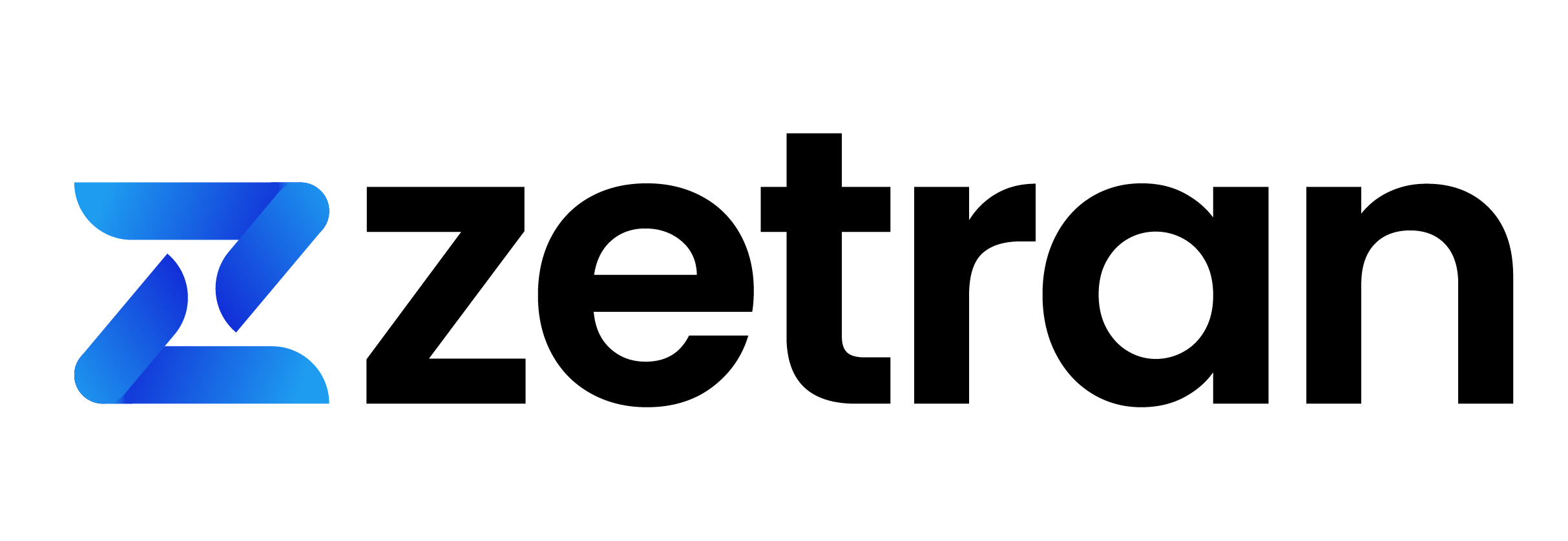Accounting and loans interconnect in a smart way. After all, accounting is the method of recording, classifying, and summarizing financial activities to provide information for business decisions. Loans, on the other hand, are finances provided by banks or other financial institutions to businesses or individuals.
In the following article, we look at the relationship between accounting and loans.
Accounting and Loans Relationship
There are many ways in which accounting and loans link. For example, when a business takes out a loan, the loan agreement will typically include provisions regarding the financial reporting requirements of the borrower. In other words, the borrower provides the lender with periodic financial statements that comply with generally accepted accounting principles (GAAP).
Furthermore, the loan repayment schedule may be based on the borrower’s financial performance. For instance, some online loan repayments tie to the borrower’s profitability. In such cases, the borrower must maintain accurate and timely financial records to make loan payments on time and to avoid affecting their credit score.
In addition, accounting can play a role in loan decisions made by financial institutions. For example, when considering an online loan application, banks often request financial statements from the borrower. The bank personnel reviews the statements, assessing the borrower’s creditworthiness, and ultimately determining whether or not the loan should be approved.
Frequently Asked Questions
What is a loan receivable?
A loan receivable is an asset on a company’s balance sheet. This represents money owed to the company by another party. Loan receivables can arise from different transactions, such as when a company makes a loan to another business or a personal loan to an employee.
When a company loans money to another party, the loan agreement will typically specify when and how the loan is repaid. The repayment schedule will determine when the loan receivable converts into cash. For example, if a loan has a term of one year, the loan receivable converts into cash for the year as the borrower makes payments on the loan.
Loan receivables are current assets on a company’s balance sheet. The repayment period is typically one year. However, loan receivables can also be deemed as long-term assets if they have a repayment period that extends beyond one year.
What is the definition of a loan loss allowance?
An allowance for loan losses is a contra asset account to record the estimated losses on a company’s loan portfolio. The allowance for loan losses equals a deduction from the gross amount of loans receivable on the balance sheet. This results in a net amount of loans receivable.
The purpose of this type of loan provides a more accurate picture of a company’s financial condition by accounting for the estimated losses on loans. This shows the proportion of a company’s loans at risk.
The allowance for loan losses formula uses a method known as the expected credit loss (ECL) model. Under this model, several factors determine the expected credit losses on a loan. Such factors include the borrower’s credit history and the current economic conditions.
What is a provision for loan losses?
A provision for loan losses is an expense on a company’s income statement. The provision for loan losses represents the estimated losses a company expects to incur on its loan portfolio.
The provision for loan losses calculation uses the expected credit loss (ECL) model. With this model, a few elements determine the expected credit losses on a loan like a borrower’s credit history and the current economic conditions.
The provision for loan losses is also vital as it provides a more accurate picture of a company’s financial condition by accounting for the expected losses on loans. In turn, it reveals how much of a company’s loans are risky as non-repayments.
What is a non-performing loan?
A non-performing loan is a loan that shows no repayments. Non-performing loans can arise for several reasons, such as the borrower’s inability to make the required loan payments or the borrower’s failure to meet the terms of the loan agreement. For instance, borrowers with bad credit can apply at Personal Loan Anderson, SC.
Non-performing loans can be a serious problem for lenders because they represent a loss of capital. When a loan becomes non-performing, the lender writes off the loan as a bad debt. This can harm the lender’s financial condition and profitability.
These types of loans report as assets on a company’s balance sheet. However, as non-current assets, no repayment expectations exist in the short term.
What is a loan loss reserve?
A loan loss reserve is an estimate of the losses a lender expects to incur on its loan portfolio. The loan loss reserve formula uses the expected credit loss (ECL) model. Under this model, the borrower’s credit history and the current economic conditions determine the expected credit losses on a loan.
The loan loss reserve is key as it provides a more accurate picture of a company’s financial condition by accounting for the expected losses on loans. This then enables investors and creditors how much of a company’s loans are risky.
What is a charge-off?
A charge-off is an accounting term that refers to the write-off of debt as a bad debt. A charge-off occurs when a lender decides a debt is non-repayable. Therefore, the debt writes off as a loss.
What is a write-off?
A write-off is an accounting term that refers to the write-off of an asset as a loss. A write-off occurs when a company makes the decision that an asset is not in use and therefore, the asset writes off as a loss.
Conclusion
The provision for loan losses is an integral part of a company’s financial statements. It provides a more accurate picture of a company’s financial condition by accounting for the expected losses on loans. This reveals how much of a company’s loans show risk for non-repayment. It is a key metric when analyzing a company’s financial statements. This just shows how loans and accounting link and interconnect in a smart way.





